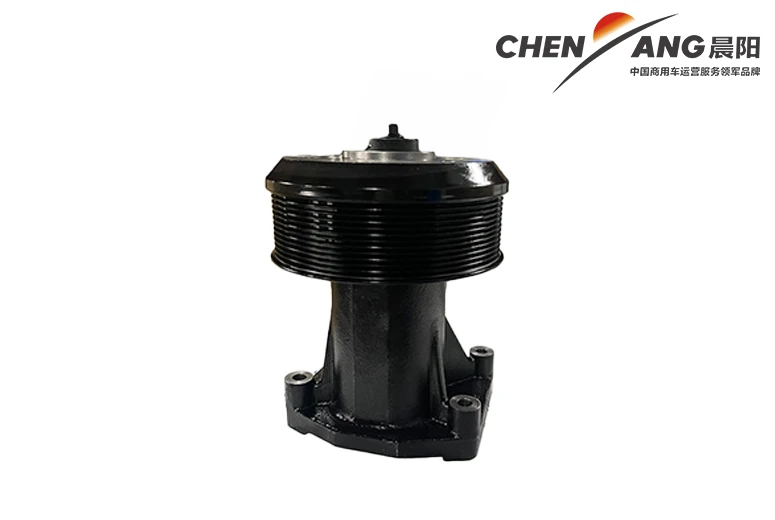Lever Control Mechanism for Efficient Operation and Easy Switching
Understanding the Lever Switch A Key Component in Electrical Systems
In the intricate world of electrical engineering, devices that manage and control electrical currents are essential in ensuring functionality and safety. One such critical component is the lever switch. Lever switches, often overlooked in everyday life, play an important role in various applications, from household appliances to industrial machinery. This article delves into the design, operation, and applications of lever switches, highlighting their significance in modern electrical systems.
What is a Lever Switch?
A lever switch is a type of switch that operates through a lever mechanism. Typically characterized by a pivoting arm, when the lever is moved, it either opens or closes an electrical circuit. This makes the lever switch inherently simple to operate, providing a direct physical means of control. Lever switches can be found in various configurations, including single-pole and double-pole alternatives, which determine how many circuits can be controlled simultaneously.
Design and Mechanism
The design of a lever switch is centered on its mechanical advantage. The lever is attached to a pivot point, allowing it to amplify the force applied to it. As a user presses down or pulls up on the lever, it moves a mechanism within the switch that either connects or disconnects the circuit. The materials used in a lever switch can vary, including metal, plastic, and various composites, depending on the intended application and required durability.
Lever switches can also feature different designs, such as toggle or rotary styles, but they all share the fundamental principle of mechanical control over electrical flow. Many modern lever switches also incorporate safety features, such as housing that protects against accidental activation and mechanisms that prevent arcing when the switch is engaged or disengaged.
Applications of Lever Switches
The versatility of lever switches makes them applicable in numerous fields.
1. Household Appliances Many common household appliances use lever switches for their simplicity and effectiveness. For instance, a lever switch may control the power supply to a blender, fan, or other electrical devices, allowing users to switch them on or off effortlessly.
lever switch

2. Industrial Machinery In industrial settings, where heavy machinery often operates, lever switches provide a reliable means of control. They can handle larger currents and are commonly used in equipment such as conveyor belts, generators, and heavy manufacturing systems. Their durability and ease of use contribute to workplace safety and efficiency.
3. Automotive In the automotive industry, lever switches serve various purposes, controlling functions like headlights, windshield wipers, and even signaling systems. The tactile feedback of a lever switch is vital for drivers, ensuring they can operate these functions without distraction.
4. Commercial Applications Lever switches are also prevalent in commercial environments, such as restaurants and retail stores. They can control lighting, HVAC systems, and other essential equipment, contributing to a functional and energy-efficient space.
Benefits of Lever Switches
Lever switches offer several advantages that contribute to their widespread use
- Ease of Operation The mechanical nature of a lever switch allows for straightforward use. Even those with limited technical knowledge can operate a lever switch effectively, making it suitable for all age groups.
- Durability Lever switches are often designed to withstand considerable usage and abuse, particularly in industrial environments. Their rugged construction ensures longevity, reducing the need for frequent replacements.
- Instant Feedback The physical movement of the lever provides immediate feedback to the user, confirming that the action of turning on or off has been completed, which is crucial in high-stakes environments.
Conclusion
In conclusion, lever switches are a vital component of both simple and complex electrical systems. Their straightforward design, versatility across applications, and ease of use make them indispensable tools in our daily lives. From household items to complex industrial machinery, the lever switch remains a reliable, efficient, and effective means to control electrical circuits. As technology continues to evolve, lever switches will likely adapt, but their fundamental role in electrical engineering will remain steadfast, demonstrating the enduring value of this simple yet powerful device.
-
SINOTRUK HOWO 84 Electric Dump Truck for Eco-Friendly Heavy HaulingNewsJul.26,2025
-
The Fast 16-Gear Manual Transmission Assembly for Heavy TrucksNewsJul.25,2025
-
Mercedes Benz Actros 1848 42 Tractor Truck for Sale - Reliable PerformanceNewsJul.24,2025
-
High-Quality Water Pump Assembly for Sinotruk Trucks – Durable & ReliableNewsJul.23,2025
-
Premium Truck Engine Antifreeze Coolant Fluid for Heavy Duty VehiclesNewsJul.22,2025
-
FOTON View G7 Mini Bus: Affordable & Spacious TransportNewsJul.22,2025
Popular products

























